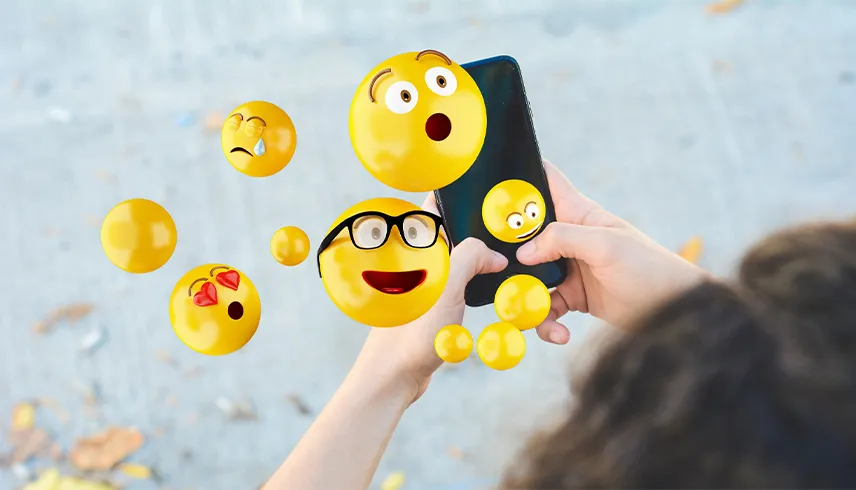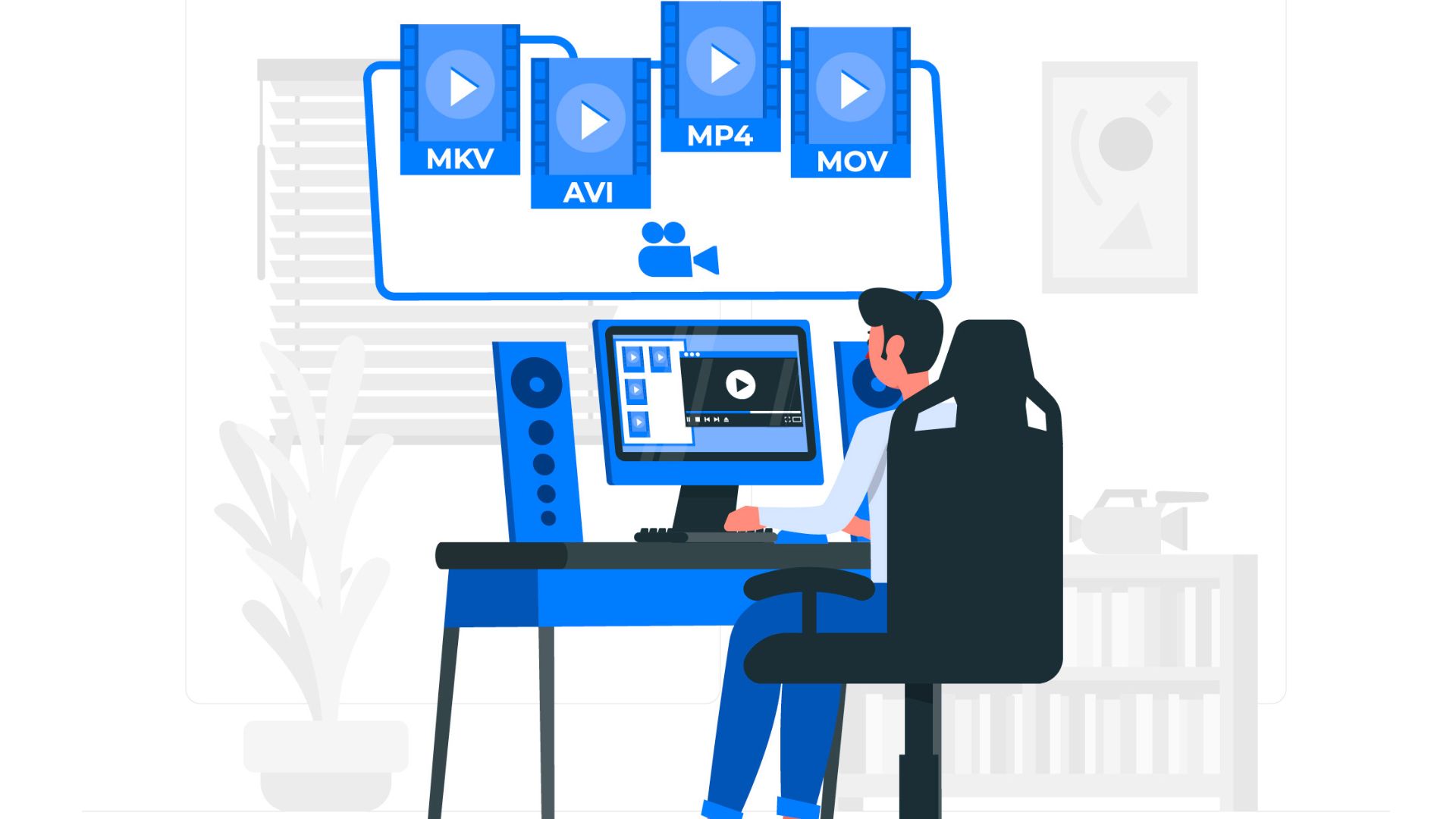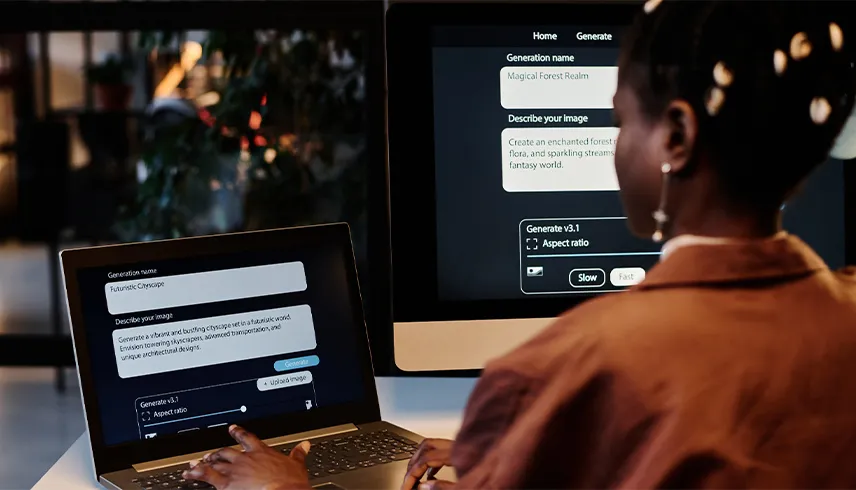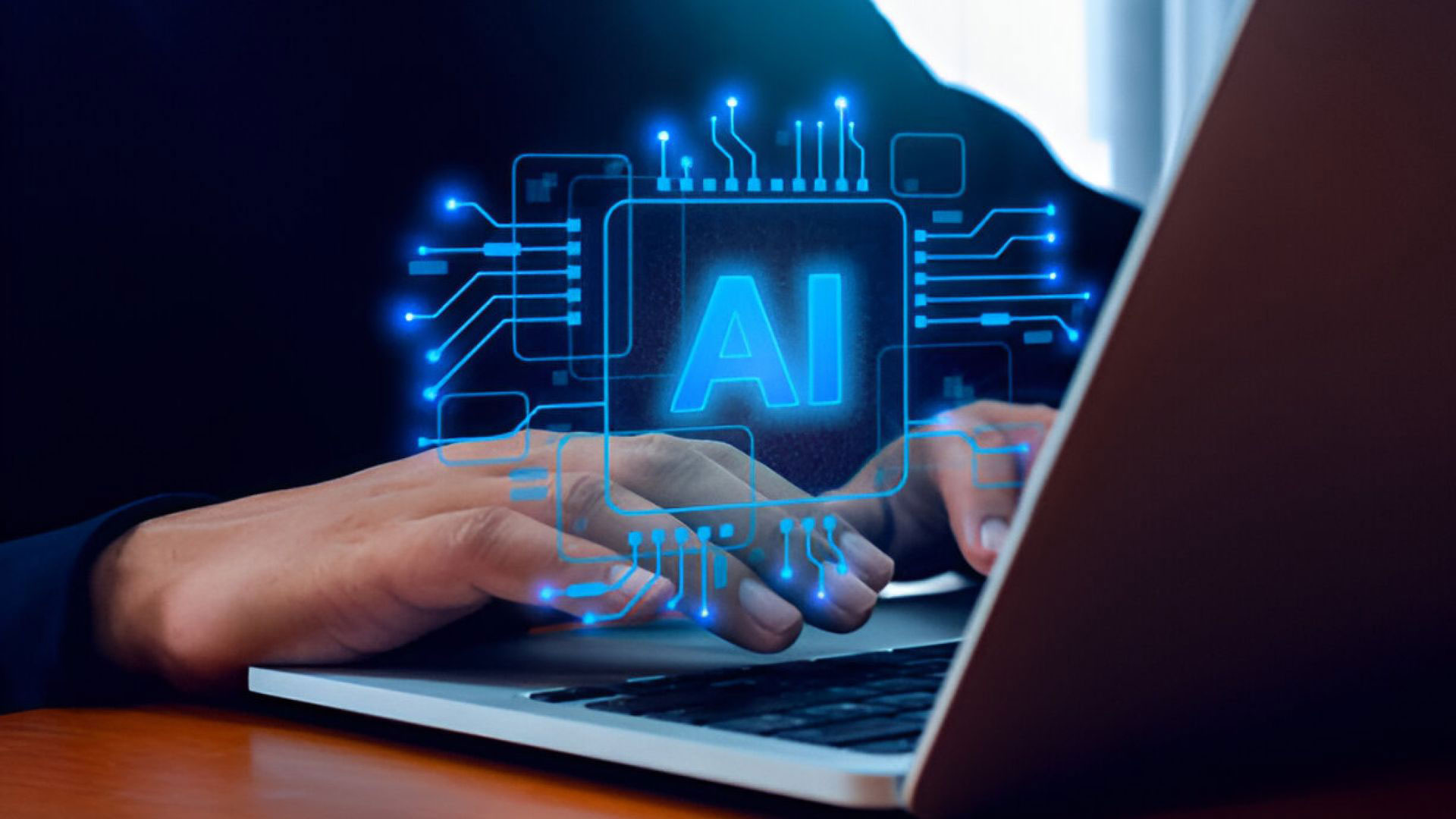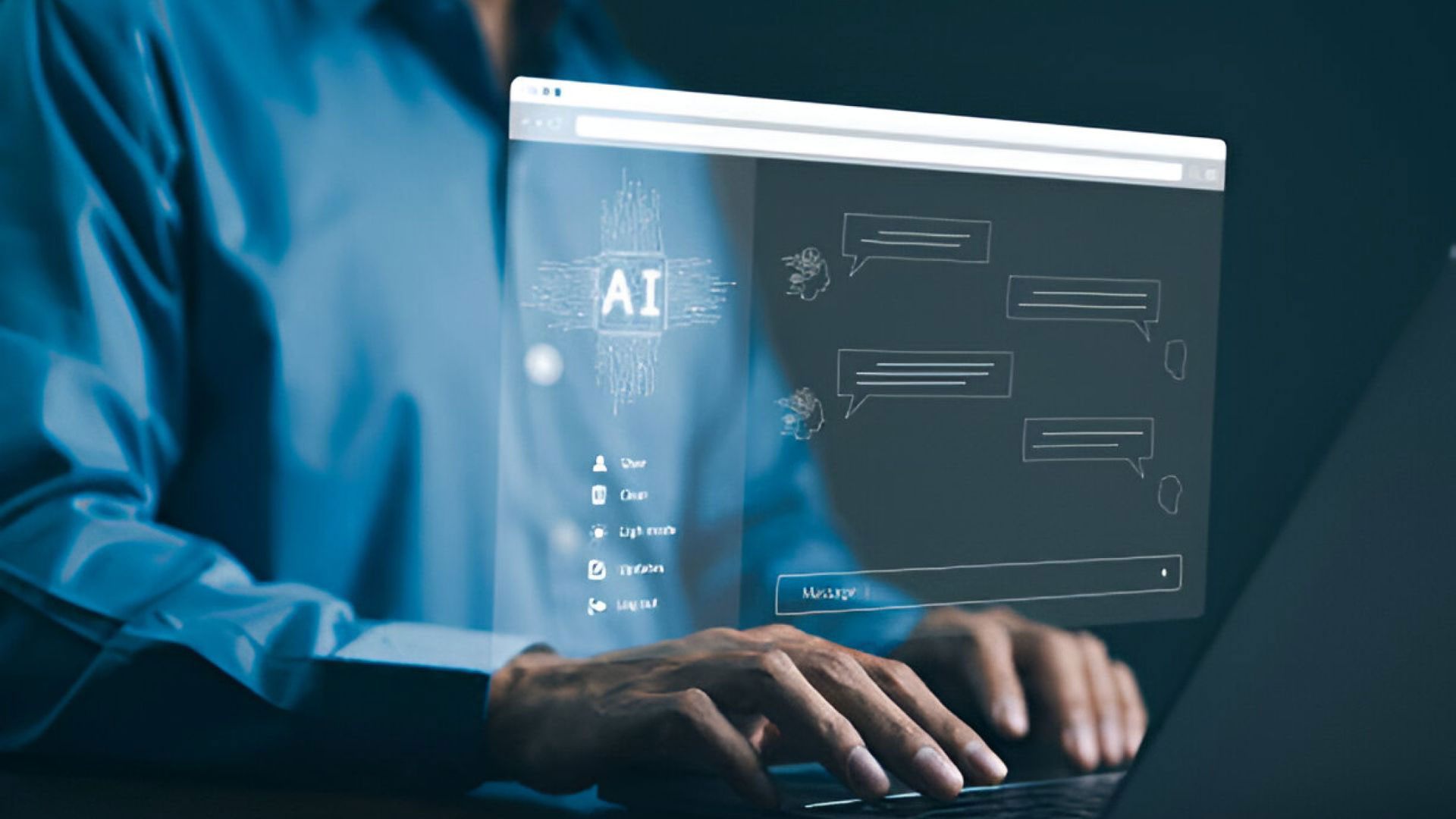The Best Free & Paid Tools Directory 2025 – AI Hubs
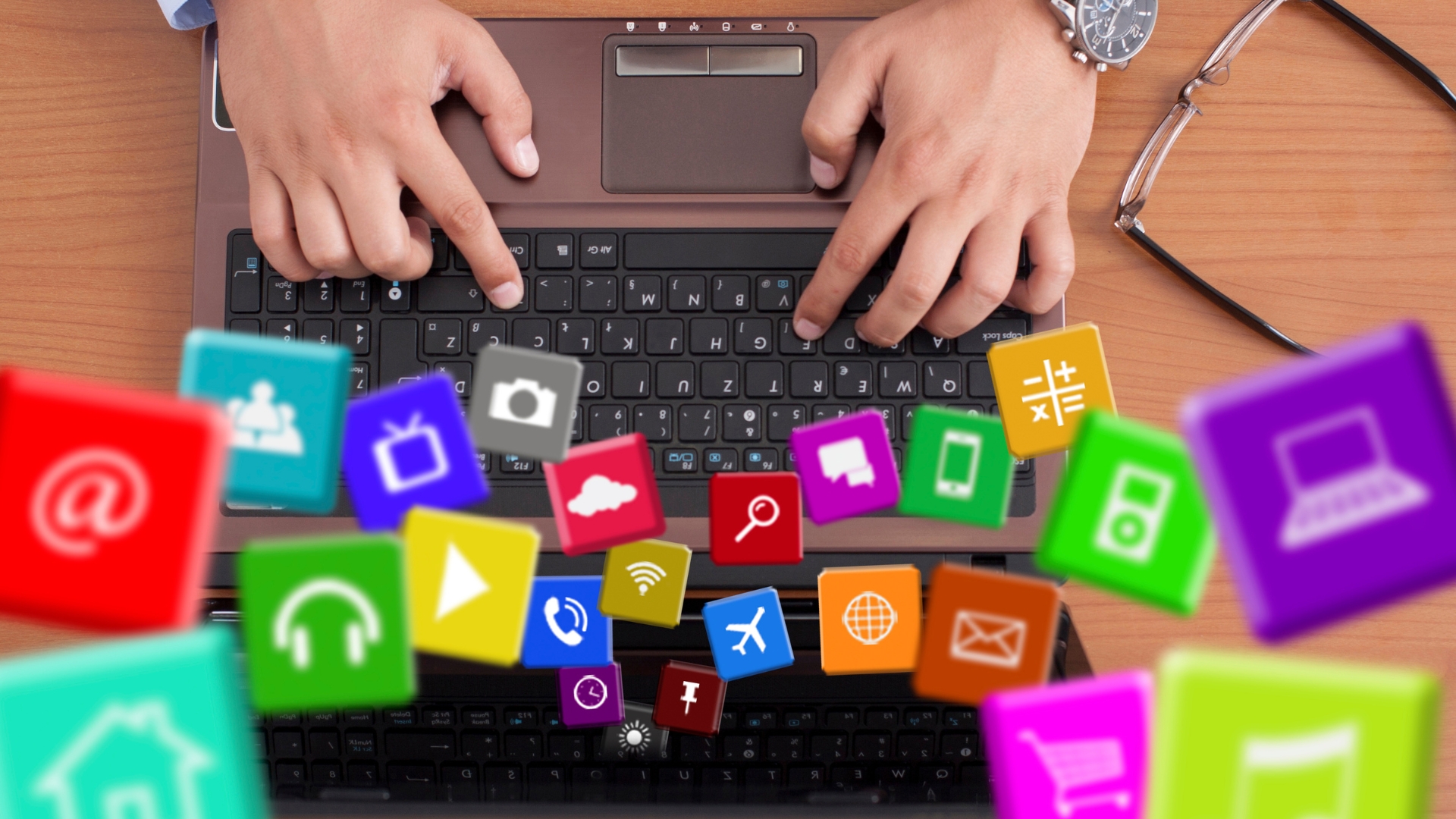
The application development concept—not just for companies but also for people to assist bring creative ideas to the market—underpins that quick digital environment. Traditionally, app development is defined by complexity in terms of coding, long deadlines, and maybe more expensive budget platforms. Most companies, particularly small-scale enterprises and startups, have looked for substitutes such artificial intelligence app builders.
What is an AI App Builder?
With no requirement for great coding experience, AI-powered app builders are software solutions meant to help a person build mobile or web applications. They design far more user-friendly and drag-and-drop interfaces for laying out your program, including feature capabilities, and incorporating additional functions entryway to app creation even for non-developers.
AI app building turns even rather complex activities like database configuration, integrating interactive components, or handling cloud interfaces into simple setup procedures thanks to the most sophisticated machine learning algorithms. Several of the most sophisticated and finest AI app-building software solutions provide no-code situations. You can create an app entirely without penning a line of code.
How Does an AI App Builder Work?
Most creators of an AI app simply and intuitively provide apps so that one may easily and simply make an app in a few steps.
- Choose a Template or Start from Scratch: AI app builders should have many templates they can provide, which are categorized under different types of apps, e-commerce, service booking, and portfolios. One can choose from among them or start building an app from scratch.
- Add Features by Drag-and-Drop: Most of the developers offer drag-and-drop interface via which you can add buttons, images, forms and menus. This is a no-code experience that can make it very easy for non-technical users to design the application screen.
- Customization of User Experience After having set the layout, the users can now customize how the application works. Therefore, the AI-powered suggestions recommend certain features depending on whether one is working on a particular type of app that improves user experience and functionality.
- AI-Powered Testing and Optimization: The app builders through AI can test your app automatically, and the AI app builders do offer suggestions for improving its speed, performance, and usability. This happens to be really effective in fine-tuning an application before its release.
Deploy the App: Once the app is created, most AI app builders allow you to directly deploy it to app stores like Google Play and the Apple App Store, making the whole process seamless.
Can an AI App Builder Really Create a Quality App?
The effectiveness of an AI app builder mainly depends on how complex an app you want to build. Let’s break down some key scenarios where an AI app builder excels and fails:
Simple, functional apps
An AI app builder no-code platform can fairly easily and rapidly develop a straightforward, practical application—like, for example, a service booking application for your small business, a restaurant menu application, or an event registration application—if you are interested in doing so. Usually, such apps need for really straightforward features or logic that doesn’t need significant modification, and this is precisely the sort of software for which it appears most appropriate to construct it using artificial intelligence.
For instance, with free toolsets like AirOps Studio or Quest AI, you can create ready and simple apps in a matter of hours. Such tools make it simple to develop very basic applications with templates and straightforward tools.
Advanced Apps with Customized Functionality
At that point, an AI app builder may show its limitations at least apps more complex than a simple AI-powered chatbot, a social media network, or even a multi-vendor marketplace. You will receive AI support for the setup of certain features, but sometimes you will need expertise in the old traditional coding aspect or advanced customization to make your app special.
Of course, the AI that builds applications is also in constant improvement, and tools such as Adalo and Bubble provide so much more advanced functionality that can bridge the simple and the complex app. You can work directly with databases to authenticate users and, on top of that, introduce custom workflows on platforms, giving developers much power over their creations.
Advantages of Using an AI App Builder
With its multiple virtues, mainly in the case of a non-tech-savvy user or a small business, it is little wonder that AI app-building software is in such demand.
- Cost-Effectiveness
The cost of developing an app traditionally could be out of the budget, from thousands to hundreds of thousands of dollars, depending on the scope of the app. An AI app builder slashes the development costs; most AI app builders or platforms could provide free or affordable plans.
For instance, AppSheet by Google is free, developing functional apps freely, while more advanced features will be included in paid plans.
- Speed of Development
Another factor here is time. While conventional app development would take months, a simple application can be ready with an AI app builder in just hours, which is very instrumental for firms that require quick deployment of a solution or launching their MVP.
- No coding required
Discussing no-code platforms in AI, referred to above, for application building, making it accessible to everyone. An idea can turn directly into a real thing on someone’s behalf, without wasting of time on how to code.
- AI-Powered Features
A significant number of AI app builders give valuable, AI-driven suggestions to the user who intends to improve the performance, user experience, and layout of the app. Smart features facilitate such development in an efficient manner that even a novice will finish a professional-looking app.
- Continuously Improved
The more advanced AI technology, the more evolved AI app builders will be. Each year, these platforms tend to become smarter and add on more features and customization options, allowing businesspeople to create more intricate apps without having to employ actual coding.
Best AI App Builder Platforms in 2024
Now that we’ve explored how AI app builders work and the benefits they offer, let’s take a look at some of the best AI app builder software options available today.
1. AirOps Studio
Known for its ease of use, AirOps Studio offers a range of free and paid plans. It provides a drag-and-drop interface and several pre-built templates for various types of apps. It’s perfect for users looking for a free AI app builder with straightforward functionality.
2. Quest AI
Quest AI allows users to build powerful apps, making it easy to create dynamic, data-driven applications. It’s ideal for those looking for a quick and efficient AI app builder no-code platform.
3. Dify
For more advanced users, Dify offers a robust AI app builder with features such as database integration, user authentication, and custom workflows. It’s a great choice for users looking to create slightly more complex apps without learning into full-stack development.
4. App Gen
Considered one of the most powerful AI app builder tools, App Gen allows users to create highly customized apps with a visual interface. It’s more complex than Quest AI or Dify, but its flexibility makes it one of the best choices for businesses that need more from their app builder.
5. Codium AI
Codium is an intuitive platform where cross-platform development for both Android and iOS can be achieved, offering a great option for the creation of responsive, mobile-friendly apps using an easy drag-and-drop editor.
Related Posts
The Role of AI Emoji Generator in Modern Day
Nowadays, emojis have gone beyond their smiley faces and have become the main components of our communication. They give us the message of emotions and the whole tone of what we communicate, and they also give us information in the context of the message. The introduction of AI emoji generators into the picture is the next phase of this revolution we are experiencing, which would effectively picture our personality with an emoji set that is quite fixed. The Evolution of Digital Expression With the creation of the first emoji by Japanese designer Shigetaka Kurita in 1999, the way people communicate on the internet has made a huge turn around. At first, it is a catalog of 176 simple 12×12 pixel images that has grown into a worldwide phenomenon with emoji being the most used in the billions of items every day on platforms that are standardized. Using traditional emojis has some inherent problems other than the one we all know about. Modern communication tools do not only allow people to express a wider range of emotions, but also to share ideas that are commonly grasped universally. They don't even come close to providing the full emotional spectrum of obviously generic human emotions. Stepping in, we have AI emoji generators—software which takes use of artificial intelligence resources to yield personal emoticons that determine individual likings, appearances, and emotional stances with record accuracy. How AI Emoji Generators Work? AI emoji generators employ a number of advanced technologies: Computer Vision: Examines user photos to recognize facial features, expressions, and traits Machine Learning: Learns from massive collections of faces, expressions, and artistic styles to create realistic depictions Style Transfer Algorithms: Enforce varied artistic treatments while preserving recognisable features Generative Adversarial Networks (GANs): Generate new, original emoji variations that don't currently exist in conventional sets The users generally upload a picture or enter descriptions, and in a matter of seconds, the AI generates personalized emoji choices that can be refined further with feedback and readjustments. The Growing Cultural Impact AI emoji generators are changing digital communication in some meaningful ways: Personal Identity and Representation AI, emoji generators, are reported to be capable of addressing a problem that the long-standing one of complete digital communication representation has never been removed. Indeed, the case of emoji sets becoming more inclusive is noticeable by their significant progress made in diversifying the choices of skin color, gender, and even nationality—but in this research, there is still no interface materialized that could possibly design the emojis that will be exact replicas of every person's hi-like ink and mien. For instance, AI-generated emojis can help individuals to create and use avatars that resemble them in their online communication and reflect their cultural identity, personal aesthetics, and physical attributes. The digital democratization of representation is especially important to those people that are usually missing from technology. Improved Emotional Communication It is an interesting point raised in several research that most of the communication we have is written and therefore is no nonverbal signals as done in real life. Standardized emojis are indeed helpful when it comes to adding the missing parts, but now, with AI-powered emojis, these matters are on a completely different level. They are able to identify small emotional states and gestures that are particular to a person e.g. The telltale smirk which is directly recognized by a person's friends when a person finds the situation funny, eyebrow raising to indicate special meanings between friends, or the little tones that are relative to the standardized tables that are invisible from them. Brand and Marketing Uses For companies, AI emoji makers provide powerful new means of engaging audiences: Personalizable brand mascots that may convey various emotions Tailored marketing messages where the customers recognize themselves in the brand's messages More interaction through branded emoji sets Employee avatars that look professional while infusing personality into work communications Issues and Challenges While they have advantages, AI emoji makers pose important issues: Privacy Issues Most AI emoji makers need access to personal photos or information in order to produce a correct representation. This has implications about how this biometric information is stored, utilized, and secured—particularly as these services become more popular and potentially lucrative to data brokers. Deepfake Potential The technology that produces fun personalized emojis is based on the same principles as deepfake technology. With increased sophistication and prevalence of such tools, there could be increased misuse in developing deceptive likenesses of people without permission. Digital Divide Availability of AI emoji technology could be restricted by device specifications, availability of an internet connection, and technical expertise—possibly leading to another area of digital inequality. The Future of AI Emoji Generation In the future, various developments are likely to occur: Increased Integration: AI emoji generation being integrated as a standard feature in messaging apps and social media sites Emotional Intelligence: Emoji systems with the ability to provide suitable emojis based on message content and relationship context AR/VR Applications: 3D animated AI emojis that are used in virtual and augmented reality environments Cultural Preservation: Utilization of AI to design emoji sets for endangered languages and cultural practices Conclusion AI emoji makers are no longer technological tricks, but are still part of the ongoing development of human communication. As we are more inclined to use digital media, along with various technologies, they are the ones helping keep the fullness and unique features of human expression that are most often lost out of the more simple systems. The friendliness they enthuse provides the virtual world where people can better depict themselves as they are without a lie, thus they may be able to reach higher levels of understanding and connection also through digital ways. Even though privacy and misuse worries do not go away, these AI emoji creators in the long run give the users more control over their digital identities.


 All Posts
All Posts


